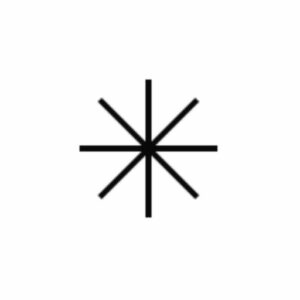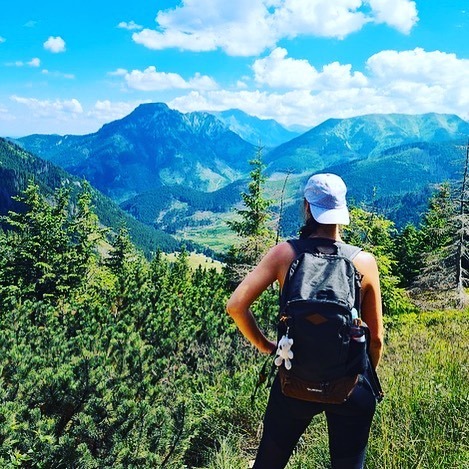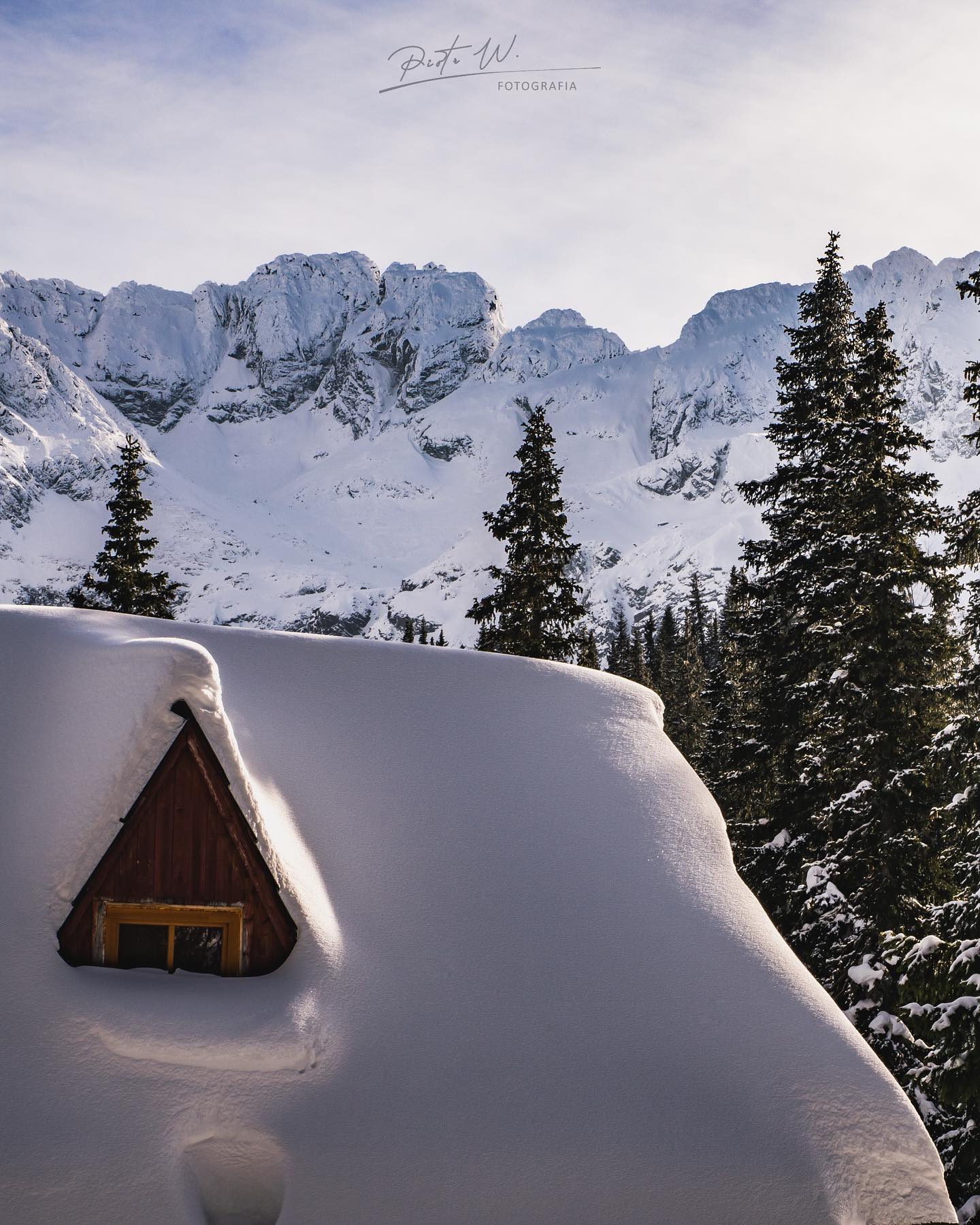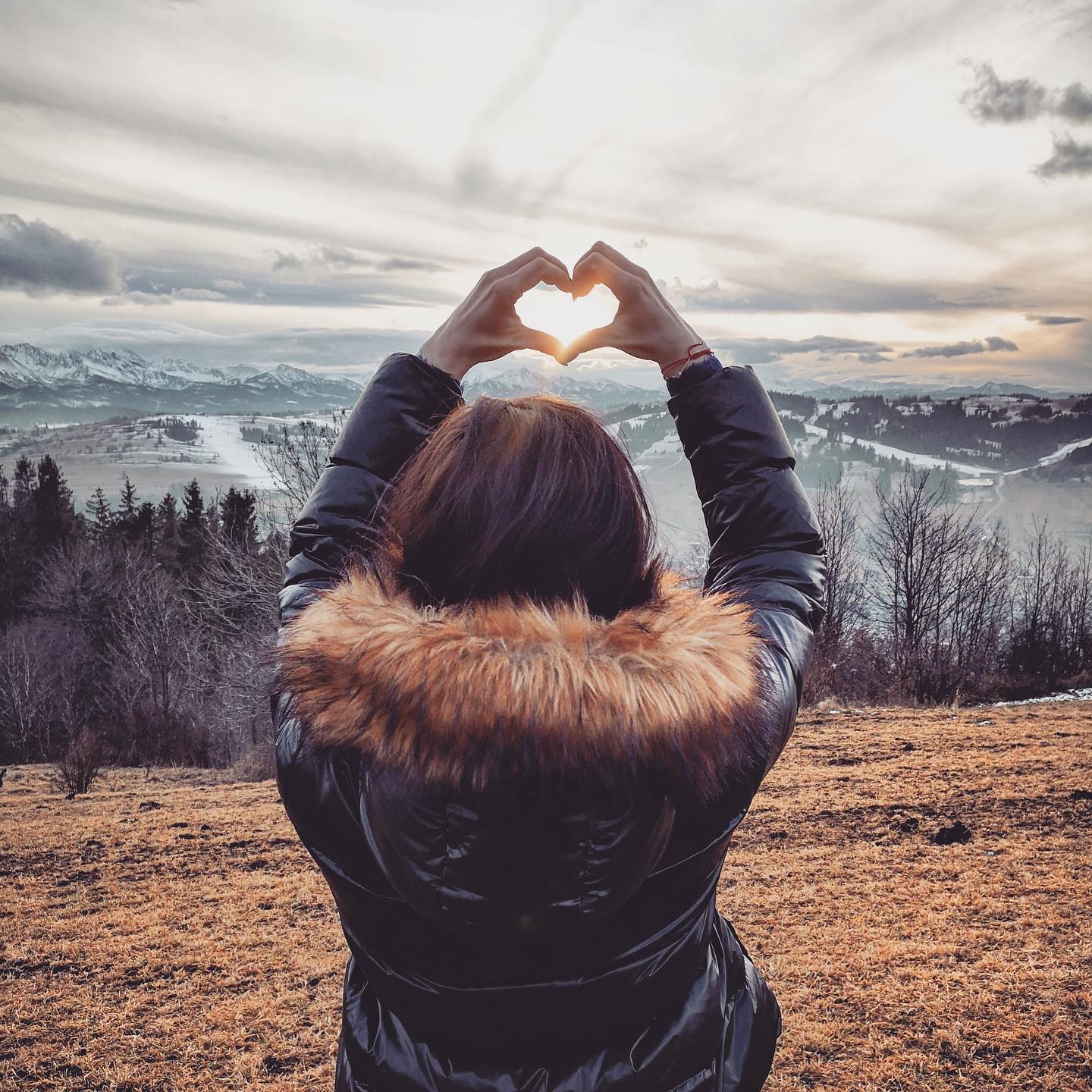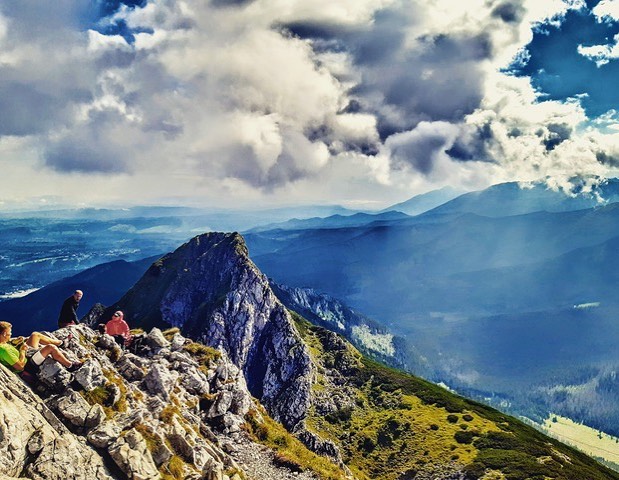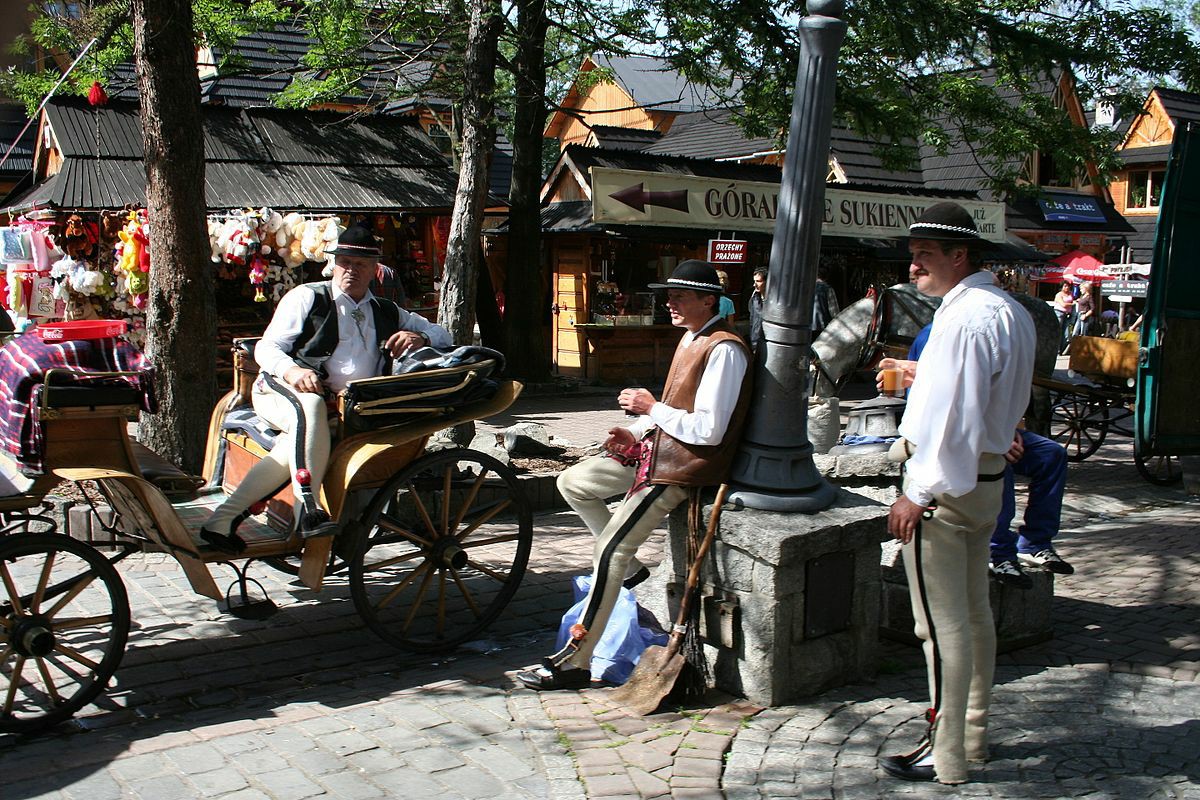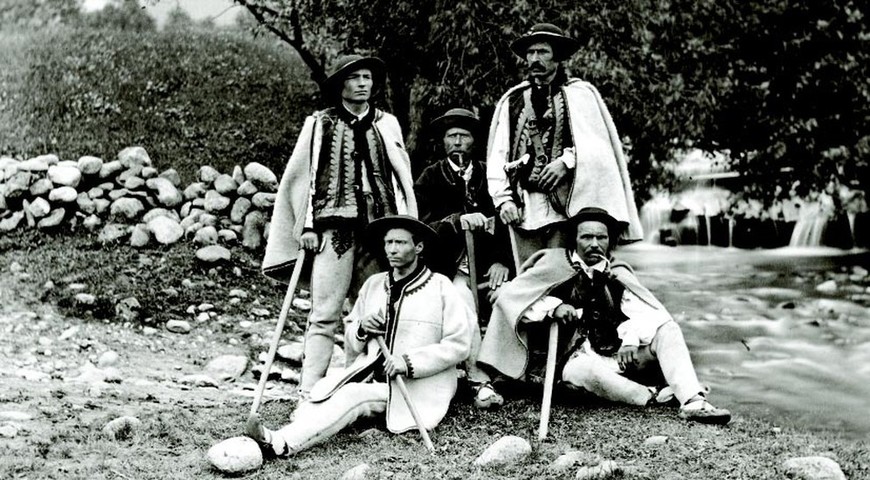Gorals, Traditions
The Gorals
They also known as the Highlanders are an ethnic group primarily found in their traditional area of southern Poland, Zakopane. For centuries clasps have been an important element of Gorals traditional costumes. Originally used for fastening shirts. They fell out of use when buttons became popular, remaining only as ornaments.
National identity
For most Gorals today, the decisive factor in their self-identification with nationality is not ethnic but territorial. The Gorals have a similar belief system elements, music and material culture . In the 19th century, Polish scholars viewed the Gorals as linguistically close to the Poles. It was noted that Gorals’ social and economic life resembled that of Vlach shepherd culture.
Language
The various dialects spoken by the Gorals.In particular, the language of Podhale, called the Podhale dialect is of Polish origin.
Goral's Attire
Man traditional wearing
Still keen to dress up whenever the opportunity arises. Especially when there are tourists around. Traditional men’s clothing is typified by white wool and felt trousers with embroidered pattern. Moccasins (kierpce), a white linen shirt fastened together with a metal pin and a black waistcoat. If a man has a feather in his cap it signifies he’s unmarried.
Women traditional wearing
Górale women traditionally wear flowing skirts with bright floral patterns. A decorative white cotton blouse held together with a wide red ribbon, and finished off with moccasins and a flowing, white cotton bonnet. Most patterns on clothing represent the flowers and plants to be found in the region.
Corsets
In the second half of the 19th century, it became fashionable. In the Podhale region to adorn corsets with depictions of thistle and edelweiss. These motifs were the most popular in the early 20th century. When “Kraków style” came into fashion, highlanders of the Podhale region began ornamenting the corsets with shiny sequins and glass beads

